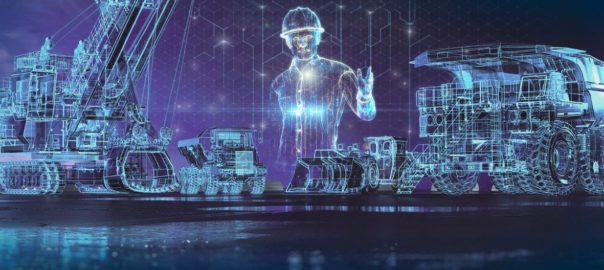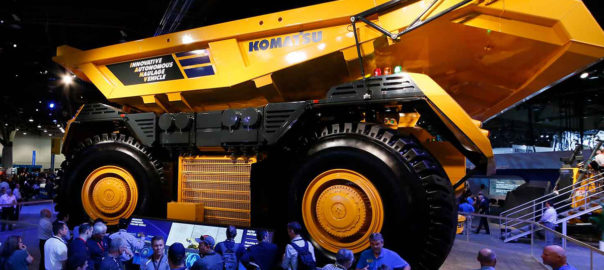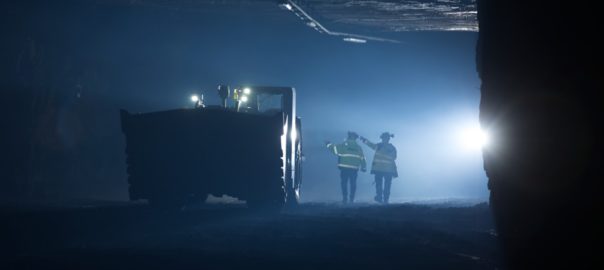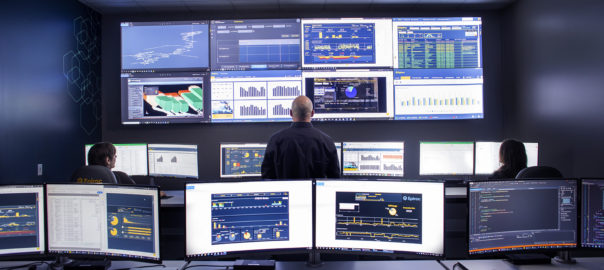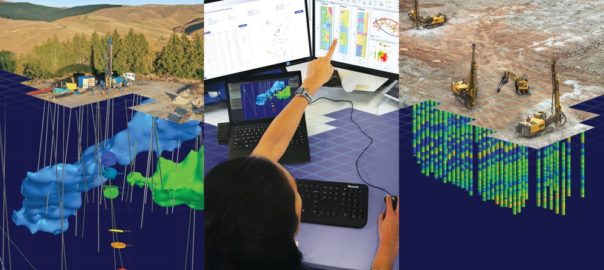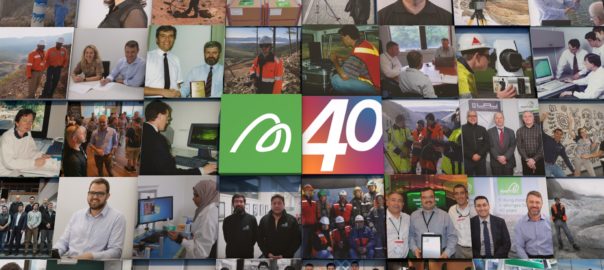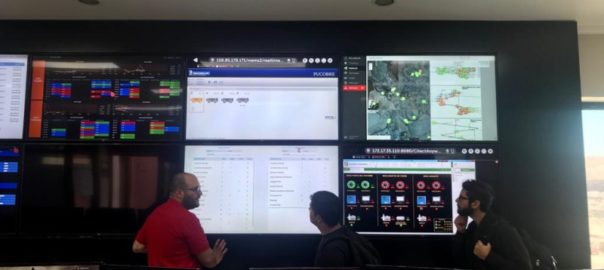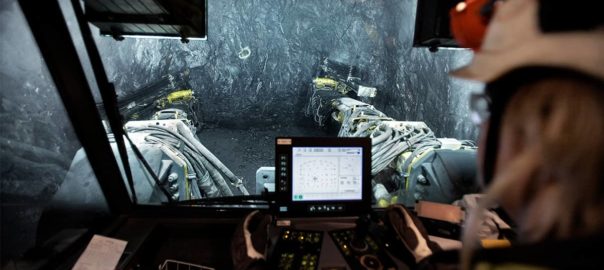Siemens has launched its SIDRIVE IQ industrial IoT monitoring solution for drive systems at its Virtual Smart Mining Forum, seeking to showcase how the solution can increase drive uptime to improve mine site productivity.
The SIDRIVE IQ Suite has a powerful dashboard to minimise unplanned downtime with automated failure notifications, improve data transparency with easy access to recent and historical data, and troubleshoot faults.
The Virtual Smart Mining Forum the company is using to launch SIDRIVE IQ will explore new trends and the impact of technology on the African mining sector.
Taking place from August 3-5, the event brings together the mining community, industry experts, decision makers, thought leaders, technology providers, consumers, users, engineers and designers to discuss topics affecting the mining industry, with all participants exploring ways in which technology can drive effective change in the sector, Siemens says.
“COVID-19 has prevented the industry from having progressive conversations about how to move the mining sector forward,” Tim Walwyn – Head of Mineral Solutions, Siemens Southern and Eastern Africa, said. “This three-day event is an opportunity for us to bring the mining community together to reignite the dialogue and share knowledge to help us sustainably transform the future of mining in Africa. As a partner to African mines, our electrification, automation and digitalisation portfolio offers a combination of deep understanding of the mining industry with state-of-the-art technologies.”
Sabine Dall’Omo, Siemens CEO for Southern and Eastern Africa, says: “Our main objective with this event was to initiate a forum for knowledge transfer to the industry and raise awareness of the opportunities created by technology. We’re excited to bring this collaborative forum, where we can showcase the latest technological innovations for the industry and explore their effects on the African mining landscape.”
Siemens has invited various South African universities and will introduce them to Mendix, a low-code rapid application development platform that enables users to build and continuously improve mobile and web applications at scale. During the forum, Siemens will launch a hackathon using the Mendix platform.
As part of the company’s commitment to enterprise and supplier development, Siemens will also provide 10 industrious SMMEs that deliver solutions and services to the mining industry a chance to showcase their companies and expertise in a separate virtual showroom.
Dall’Omo said: “The future of mining and the transformation of the mining industry depends highly on staying abreast of advancing technology and industry trends. It also depends on the sustainable development of new enterprises, collaborations, and ongoing conversations among relevant stakeholders in the public and private sector and educational institutions. Now is the time to contribute to small business growth, promote job creation and develop critical job skills required for the transformation in the mining industry.”







